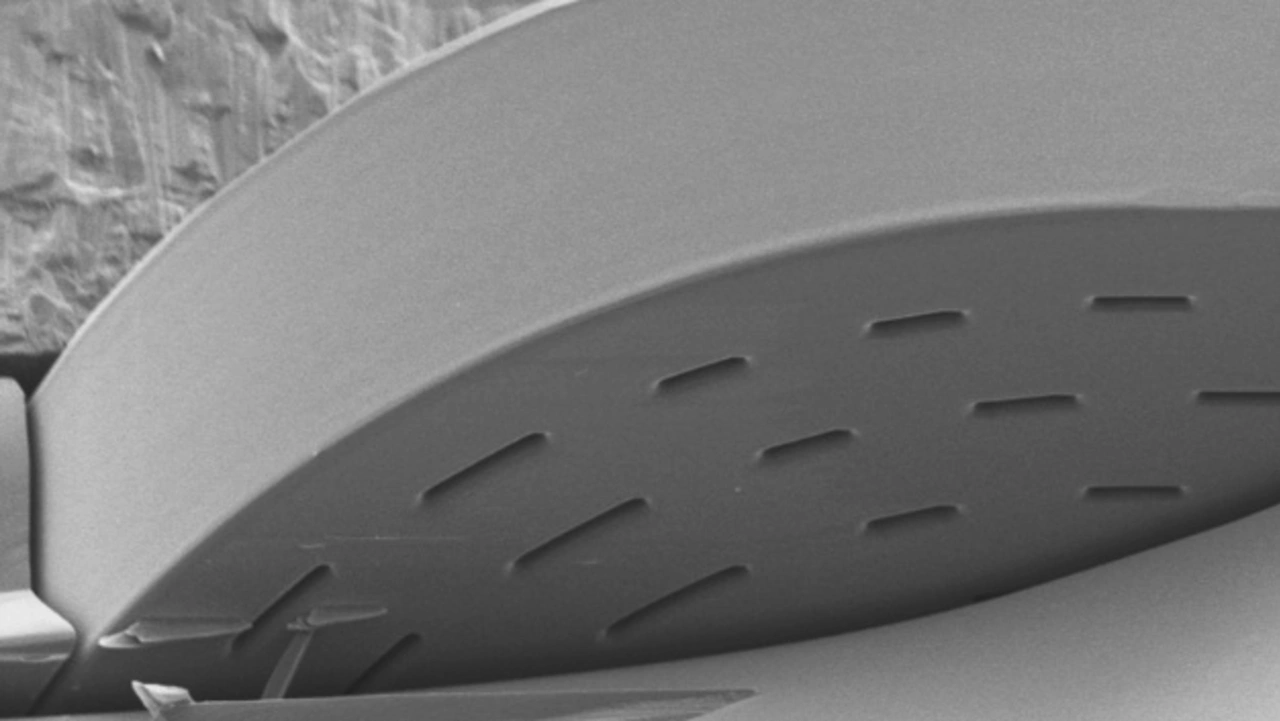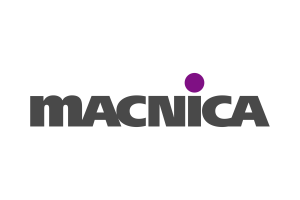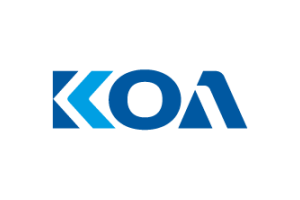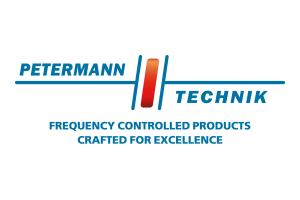Rajesh Vashist, CEO of SiTime
»5G will be a Game Changer for MEMS Oscillators«
Fortsetzung des Artikels von Teil 1
Emerald Platform for 5G
SiTime claims that it has a market share of 90 percent with regard to MEMS timing solutions. How big is the market share of MEMS timing solutions in the overall timing market?
The market for MEMS timing is growing much faster than quartz, of course. But according to various industry analysts, the MEMS timing market is still much smaller than quartz — in most cases the estimate is less than 5 percent. As mentioned, we have 10,000 customers and there are 150,000 potential customers worldwide who can use our solutions.
One of the reasons why the market share is still so small is that MEMS companies have not yet developed a large offering of standalone resonators and clock generators. These two product categories are almost two thirds of the timing market, meaning that existing MEMS oscillators only serve one third of the market. As technology evolves, we expect that MEMS timing companies will address the resonator and clock markets in innovative, unique ways and the served available market will grow.
SiTime is one of the largest suppliers of SPXOs, or simple packaged oscillators. We will continue to grow rapidly by solving the most difficult timing problems in emerging fast-growing markets such as IoT, automotive, and 5G-communications. We’re focused on developing system solutions that that solve significant issues for designers and enable differentiated end products that wouldn’t otherwise be possible. Our high-precision oscillators, which are relatively new, have had huge success with customers in emergent segments.
You have some competitors like Silicon Labs or IDT. Why do think, the SiTime solution is superior to theirs?
Actually, SiLabs exited the MEMS timing market in 2015, and IDT exited the MEMS timing market in 2013. They no longer sell MEMS timing products and have not done so since they exited the market. We believe that our timing technology is much better compared to whatever both companies were developing and that we were at least five years ahead of both companies. Our performance was orders of magnitudes better, as was our reliability. And in contrast to our broadly diversified competitors, we concentrate exclusively on MEMS timing devices and have the largest specialized team in the world.
You have now sold more than one billion MEMS timing solutions. Which conclusions can you draw from the customer responses, and which conclusions can you draw from field returns?
In the past, many OEM and ODM designers learned to overcome the shortcomings of quartz with various work-arounds. When the timing solution is working well enough, the oscillator or resonator choice is not often top-of-mind.
However, as new standards such as 5G come into play, a MEMS timing solution has massive advantages over quartz. There are similar significant advantages for MEMS timing in other areas such as IoT and advanced driver assistance systems. Our MTBF is well in excess of 1.5 billion hours. Our quality is 0.6 defective parts per million, which is ten to one-hundred times better than most Tier-One quartz companies. Customers have come to expect that SiTime provides much higher levels of quality and reliability than quartz — and once they shift to MEMS, they rarely go back to quartz.
At electronica SiTime announced its Emerald Platform. Can you please tell me more about that?
Emerald products are the first MEMS-based OCXO. They are designed to solve problems associated with quartz OCXOs, which are very sensitive to high temperature, thermal ramps, and vibration. Designers often need to make three to five board iterations to place the quartz OCXO correctly, and if the design still shows sensitivity, they must use a plastic or metal cover for the quartz OCXO to isolate it from the ambient environment.
Our Emerald Platform eliminates this issue. They are so robust that they can be placed anywhere on the board. Customers get the placement right the first time, can introduce products faster and accelerates time to revenue.

In addition to solving board design issues, the Emerald Platform sets new performance benchmarks in dynamic stability that is up to 20 times better than quartz — a must-have for new 5G infrastructure deployment. Emerald products are programmable and always available in any frequency from one to 220 megahertz, plus a range of frequency stabilities, operating temperatures, output types, and packages including a solution that is 75 percent smaller than similar quartz OCXOs.
The Emerald Platform allows us to expand into the higher end of the 1.5 billion dollar telecom and networking timing market.
In the Emerald press announcement you mentioned that timing was potentially the single biggest point of failure in 5G systems. Can you please clarify this?
The 5G technology will put pressure on the timing solution far more than in the past for a number of reasons. 5G radios use millimeter-wave technology where coverage is several hundreds of meters rather than the kilometer distance of 4G. Therefore, the 5G network will be much denser.
A much denser network in turn brings equipment closer to the customer and out into harsher, less controlled environments, such as deployment on traffic lights, street lamps, buildings, rooftops, and parking garages. These locations have a lot of environmental stressors such as vibration, shock, high temperature, and rapid temperature changes. These stressors cause quartz devices to fail, and we believe that this could be the single-biggest point of failure in 5G. Emerald products are 20 times more immune to such environmental stressors and will ensure that the network, and the mission critical services that run on the network, run well.

Keeping in mind the denser deployment profile of 5G, higher bandwidth, and deployment of mission critical services, the standards bodies are making the radio-to-radio time accuracy specifications ten times tighter. While in 4G it was 1.5 microseconds, in 5G it is 130 nanoseconds! To meet this tight spec, we believe that Emerald OCXOs will be required.
How do you overcome these issues with the Emerald Platform?
Our products overcome these issues by providing ten times better dynamic performance in the presence of airflow and thermal shock. Emerald products provide an Allan deviation of 2·10-11 even under airflow and have a typical frequency slope of just ±50 parts per trillion per Kelvin. And Emerald OCXOs have 20 times better vibration resistance.
You have you now presented two devices. What can we expect for the near-term future? Will there be more Emerald devices?
Yes, in addition to the Stratum 3E SiT5711 and SiT5712 OCXOs with a stability of ±5 ppb, we will offer precision sync oscillators with ±15 to± 50 ppb stability in April 2019. We will also have I²C digitally controlled Stratum 3E OCXOs, again in April 2019.
Dear Rajesh, many thanks for your time.
The interview was conducted by Ralf Higgelke.
- »5G will be a Game Changer for MEMS Oscillators«
- Emerald Platform for 5G











